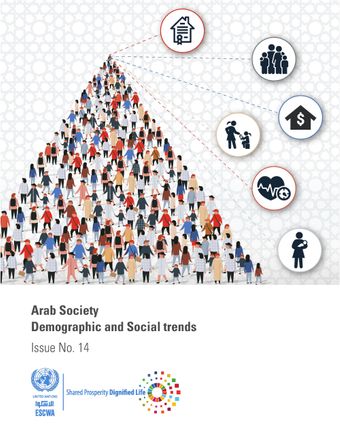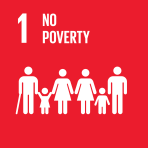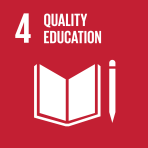Population

- Author: United Nations
- Main Title: Arab Society: Demographic and Social Trends - Issue No. 14 , pp 5-15
- Publication Date: April 2020
- DOI: https://doi.org/10.18356/ac9b1f4b-en
- Language: English
The Arab region has a rather diverse demographic profile as countries in the region are at different stages of demographic transitions. This is due to a wide range of country-specific social, economic, political and cultural factors (Tabutin and Schoumaker, 2012), as well as interregional and international population movements. Currently, the region includes countries with markedly different population sizes, age-sex structures, growth rates and population composition. These features are determined by the speed of changes in three main components of demographic change, namely fertility, mortality and international migration (which includes labour migration and conflict-related population displacement). Reliable data on the size and structure of populations as well as on components of demographic change are essential for understanding various aspects of social and economic trends and for informing public policy decisions at the national level. Such data are also important for measuring performance against internationally agreed Sustainable Development Goals (SDGs).
-
From This Site
/content/books/9789210048941c004dcterms_title,dcterms_subject,pub_keyword-contentType:Journal -contentType:Contributor -contentType:Concept -contentType:Institution105



